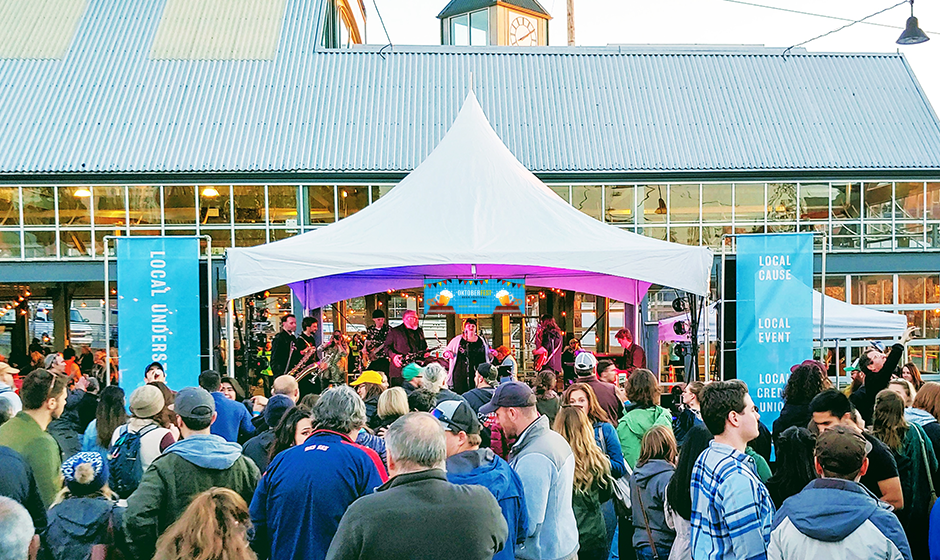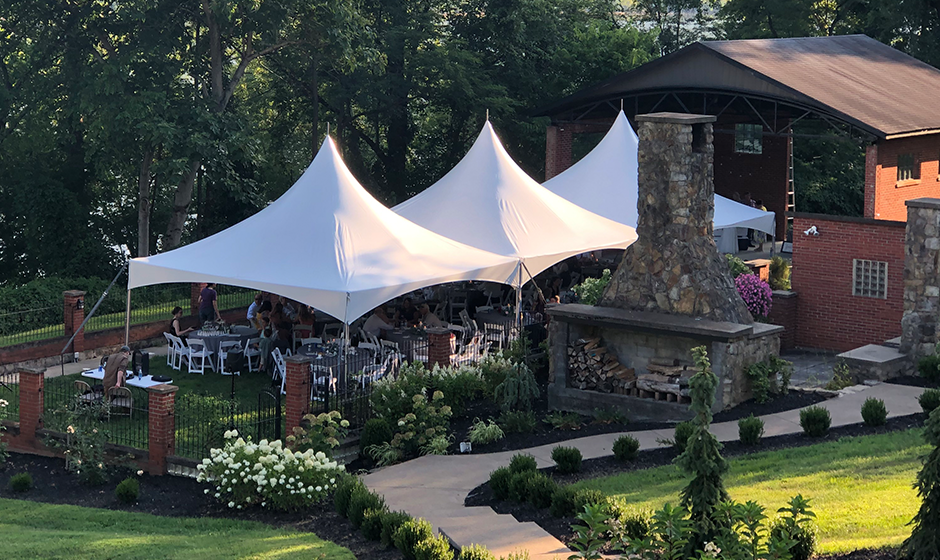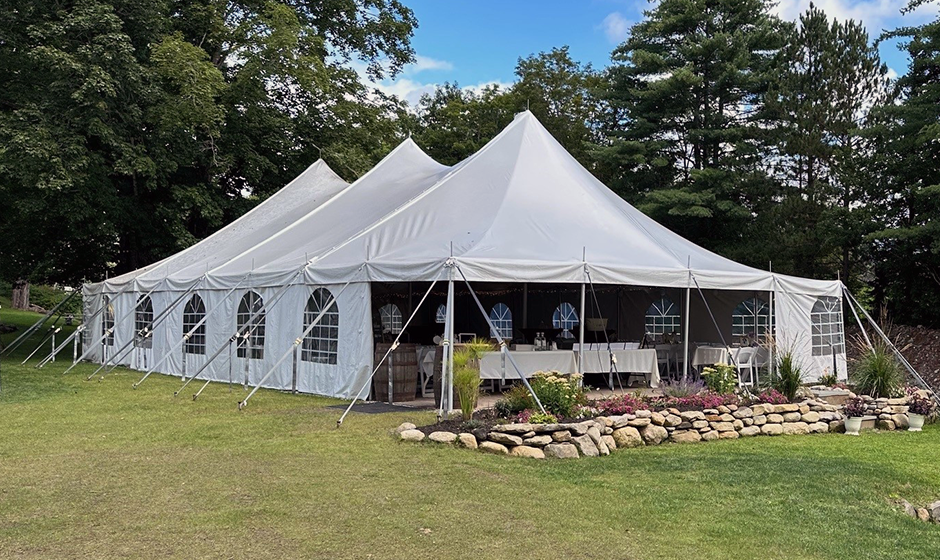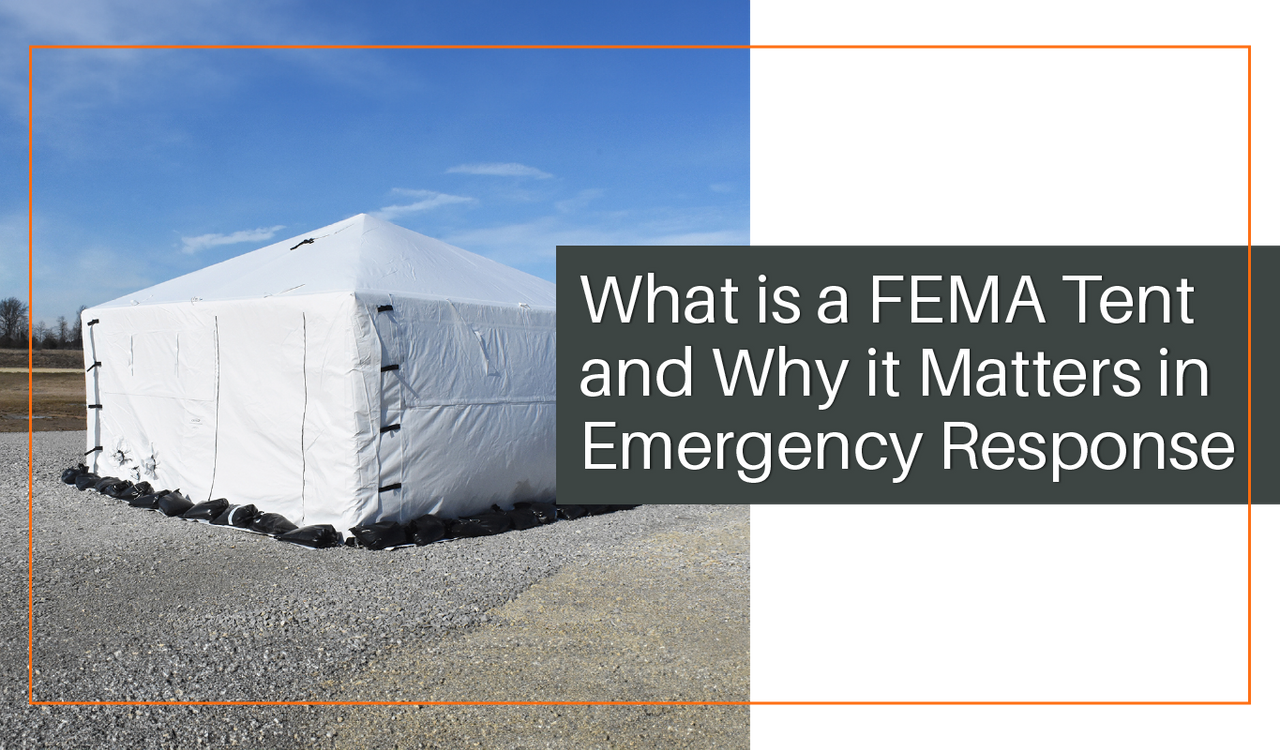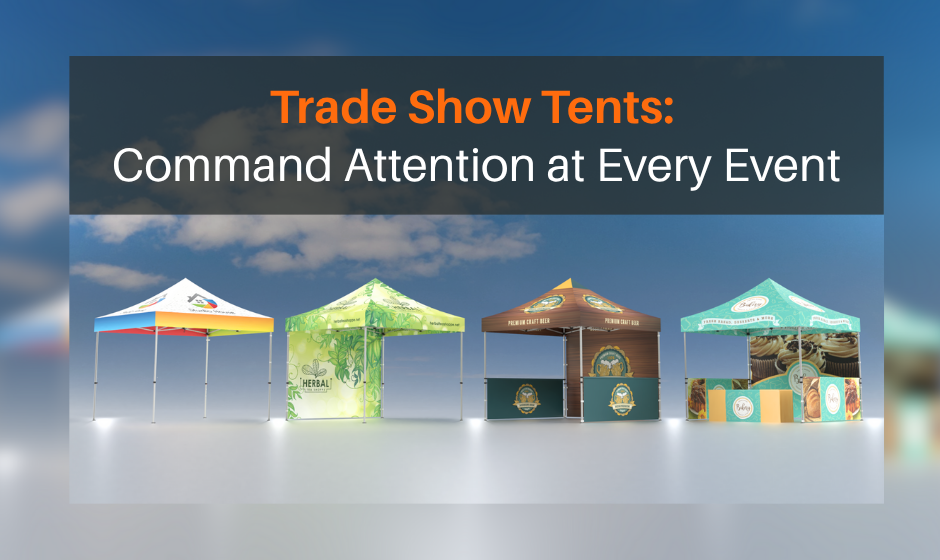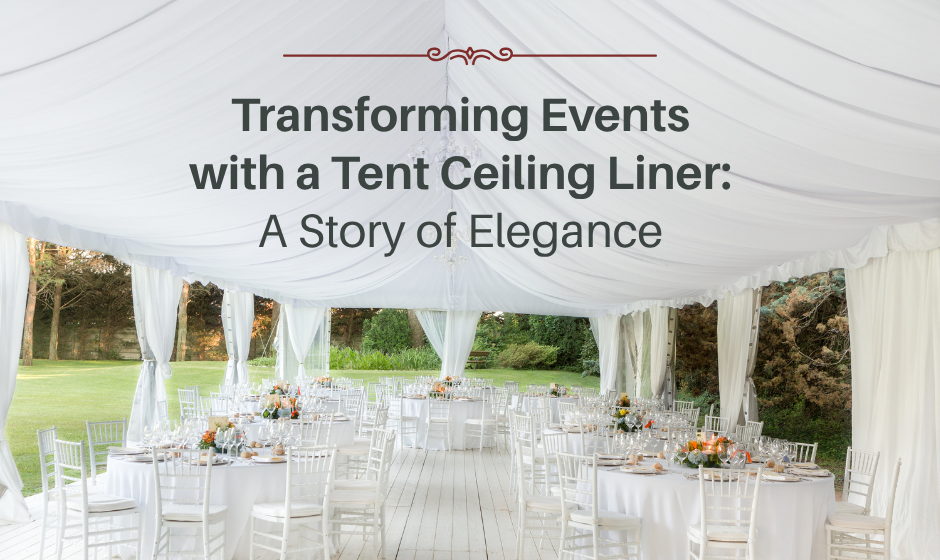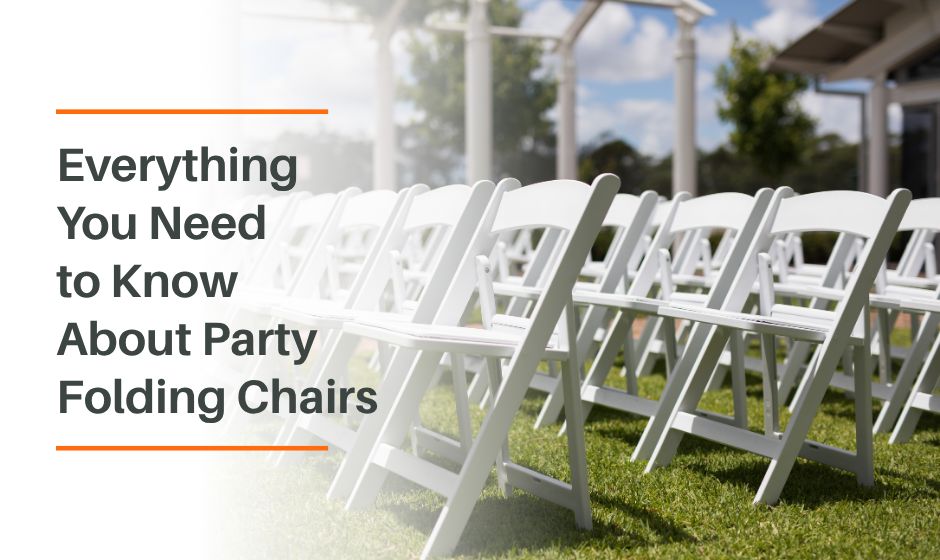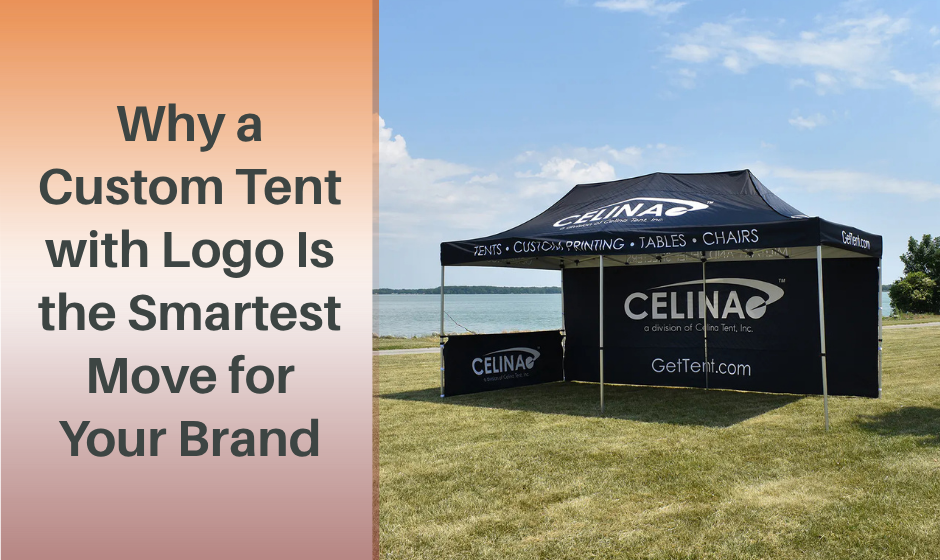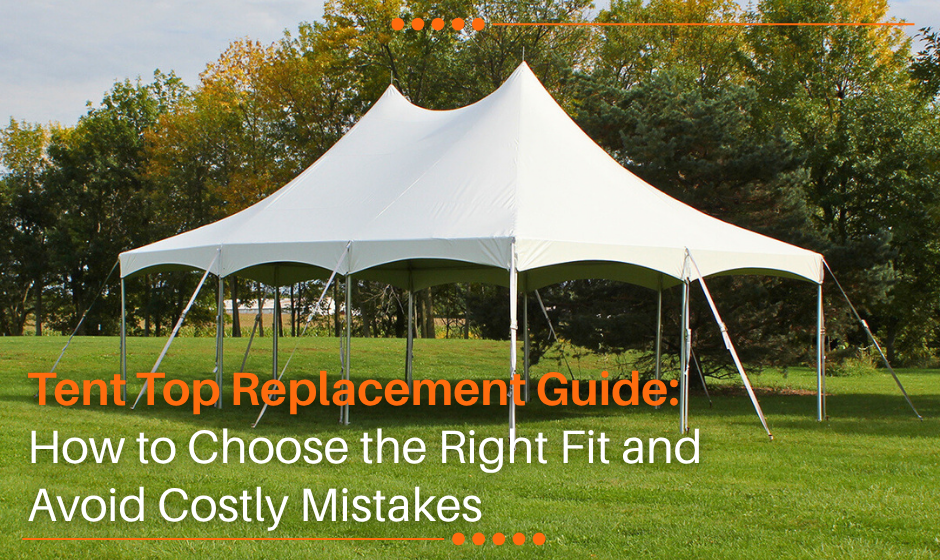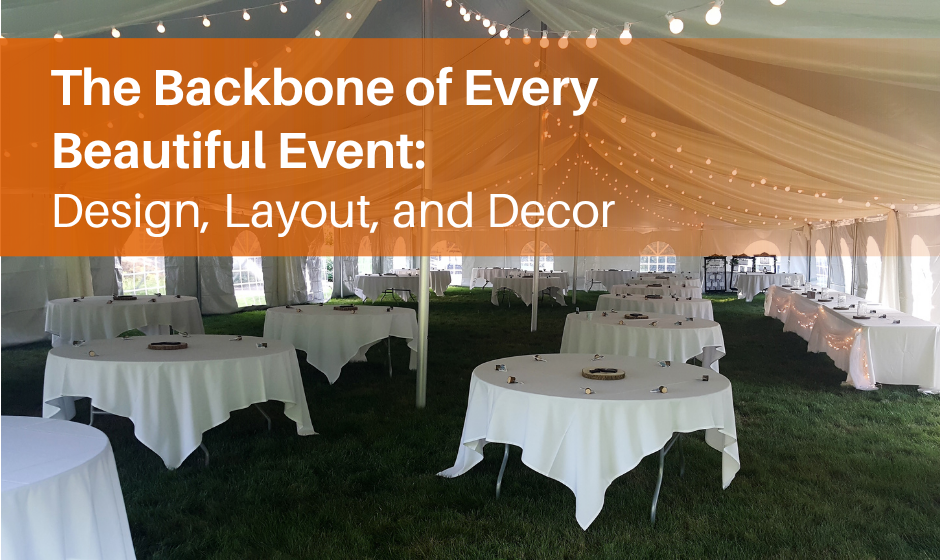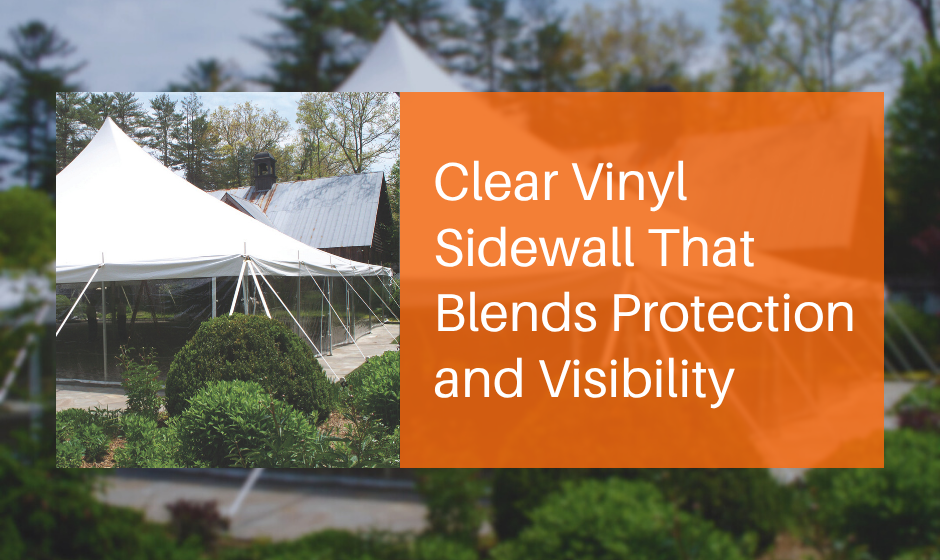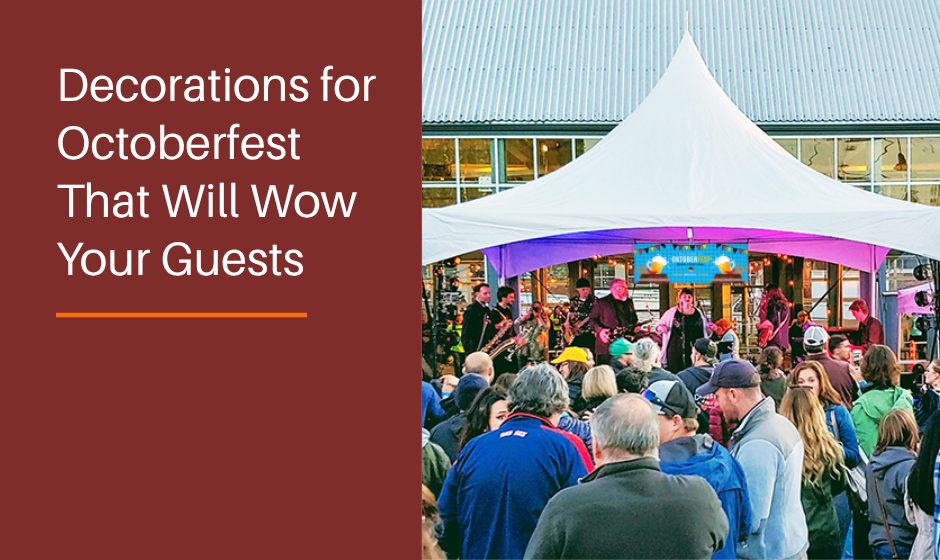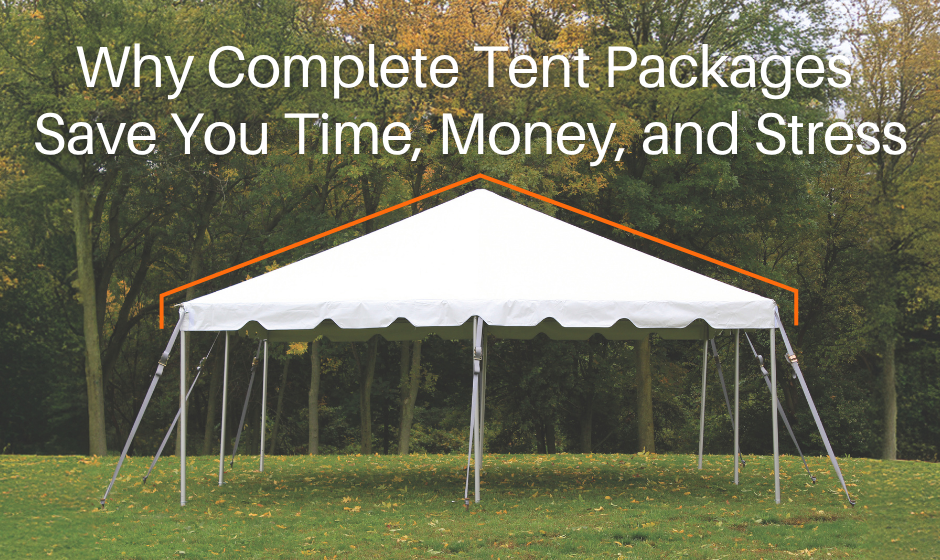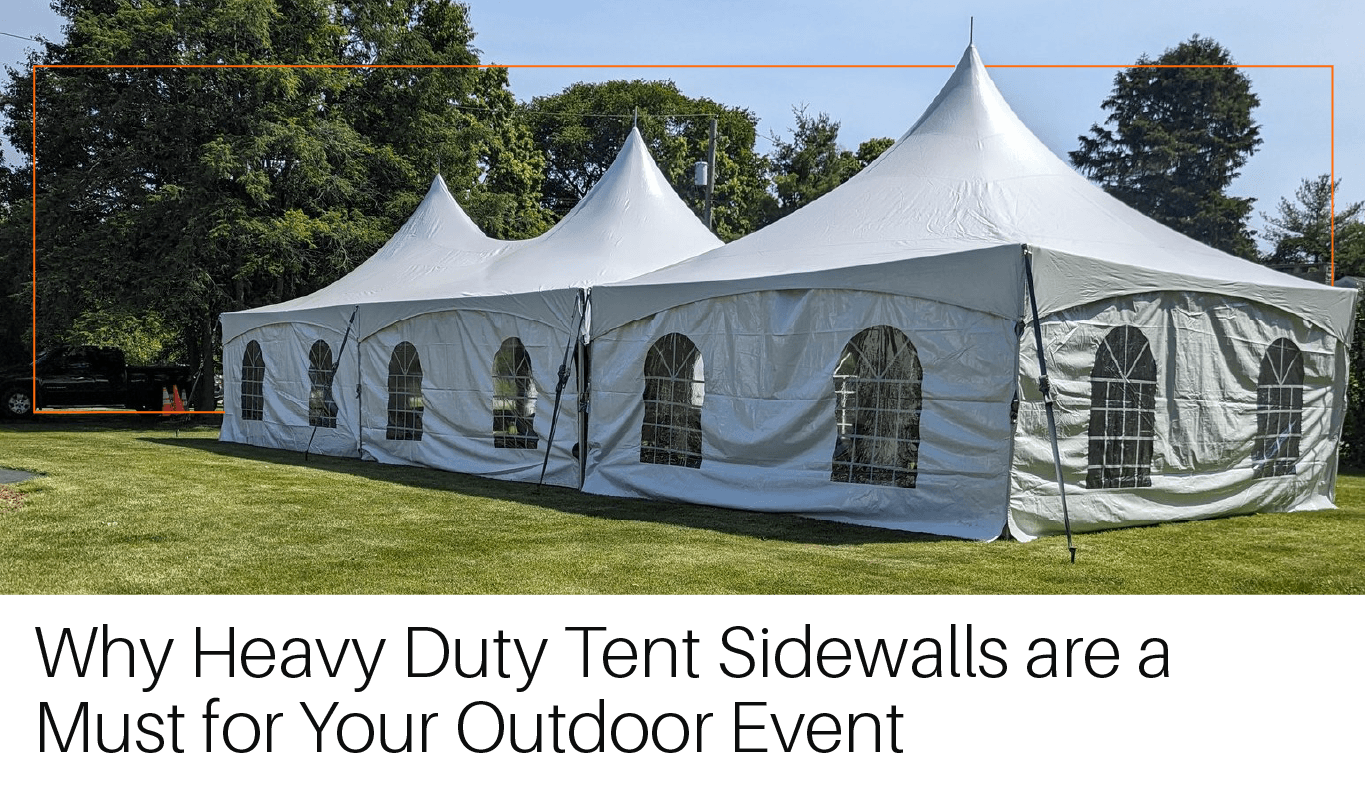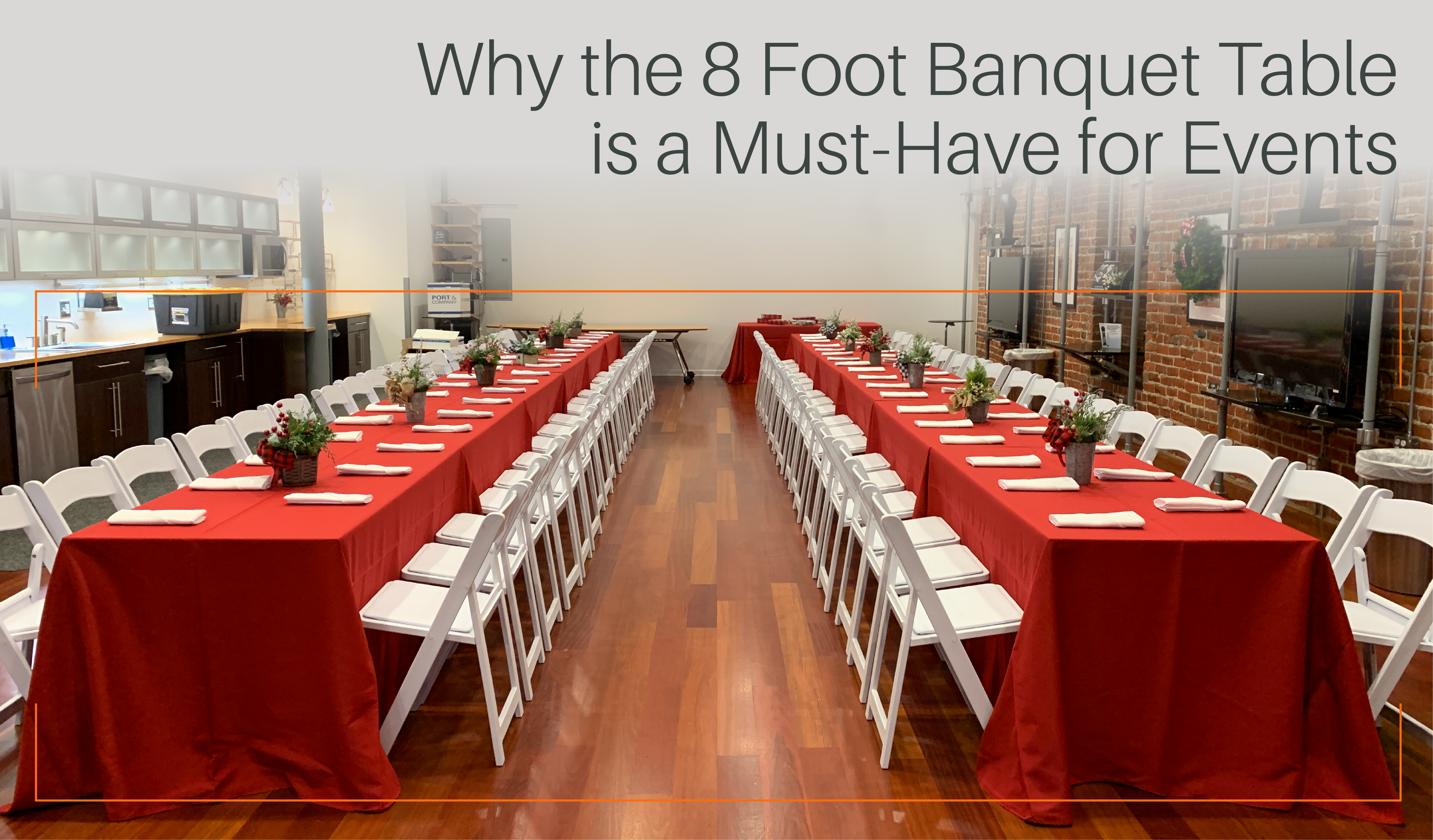What Is a FEMA Tent and Why It Matters in Emergency Response
When disaster strikes—whether it’s a hurricane, wildfire, flood, or earthquake—one of the most urgent needs is safe shelter. FEMA tents, named after the Federal Emergency Management Agency, are specially designed structures used across the United States in response to large-scale emergencies. But these tents aren’t your average pop-ups or recreational canopies. They are engineered for durability, scalability, and life-saving performance.
What Is a FEMA Tent?
A FEMA tent is a heavy-duty, all-weather structure designed to provide temporary shelter and infrastructure support during emergency and disaster relief operations. These tents are typically used by federal, state, and local government agencies, military units, and humanitarian organizations. While FEMA is the agency most often associated with them, the term "FEMA tent" has become a general reference for any tent used in disaster response.
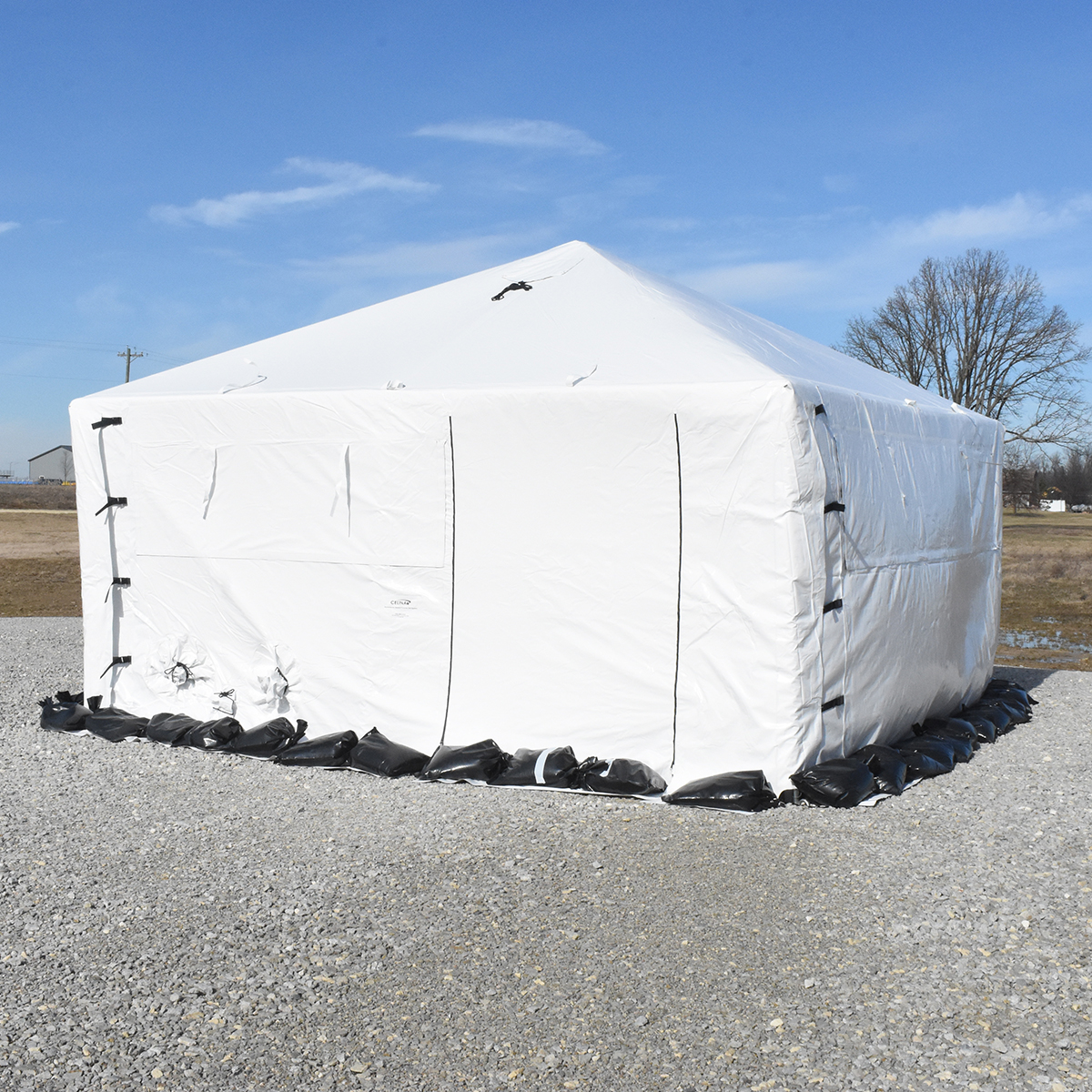
They come in various sizes and configurations, including:
- Barracks-style housing tents
- Command and control tents
- Medical triage and quarantine tents
- Dining and communal use tents
- Storage tents for supplies and equipment
Key Features of a FEMA Tent
FEMA tents are designed to meet stringent performance standards. Here’s what sets them apart from standard tents:
Heavy-Duty Construction
These tents are built with reinforced aluminum or steel frames and high-tensile, flame-retardant PVC or polyethylene fabric. They’re engineered to withstand high winds, heavy rain, and long-term exposure to harsh environments.
Quick Deployment
Time is critical during a disaster. FEMA tents are designed for rapid setup—many can be erected by small teams within a few hours. Modular designs make them scalable, allowing crews to expand or reconfigure as needs evolve.
Weather and Climate Resistance
From extreme cold to blistering heat, FEMA tents are equipped to maintain stable interior conditions with the use of HVAC systems, insulation liners, and ground sealing features.
Customizable Interiors
Interior layouts are flexible. Tents can be fitted with partitions, flooring, lighting, electrical systems, HVAC, and more—turning a simple shelter into a full-service facility.
Why FEMA Tents Are Essential in Crisis Situations
FEMA tents fill the critical gap between immediate disaster and long-term recovery. Their benefits go far beyond simply offering a roof overhead:
- Rapid Response: Tents can be airlifted or trucked into disaster zones quickly.
- Medical Operations: In health emergencies, tents become mobile clinics, triage centers, and isolation wards.
- Command Centers: Relief efforts often operate from within tented structures equipped with power, data, and communication tools.
- Community Support: Tents serve as food distribution points, sleeping quarters, and communal spaces, helping displaced families maintain dignity.
Who Uses FEMA Tents?
Although named after FEMA, these tents are used by a broad range of entities:
- State and local emergency services
- Military and National Guard
- Hospitals and health departments
- Nonprofits like the Red Cross and UNHCR
- Construction and oil field teams needing temporary housing
FEMA Tent Sizes and Common Configurations
| Tent Type | Dimensions | Use Case |
|---|---|---|
| Command Tent | 20x40 ft | Mobile offices, coordination centers |
| Medical Triage Tent | 19x35 ft | Field hospitals, testing sites |
| Barracks Tent | 20x50 ft | Sleeping quarters for up to 20 people |
| Storage Tent | 30x30 ft+ | Equipment and supply storage |
Beyond Disasters: Everyday Uses of FEMA-Style Tents
While FEMA tents are built for disaster response, their use extends to other temporary or remote applications:
- Remote job sites
- Field training camps
- Construction projects
- Large-scale festivals or events needing first-aid stations
They are valued for their toughness and easy adaptability in scenarios where permanence isn’t possible but durability is crucial.
What to Consider When Buying a FEMA Tent
If you're an organization or business preparing for emergency situations or remote operations, here are key factors to weigh before purchasing:
- Size and capacity requirements
- Climate compatibility (snow loads, insulation needs)
- Portability and transport method
- Ease of assembly (some come with tent jacks)
- Customization options like flooring, lighting, and climate control
Working with a supplier experienced in emergency shelter products can help you configure the best solution based on your operational goals.
A Lifeline When It Matters Most
FEMA tents aren’t just structures—they’re lifelines. When communities face the unthinkable, these tents become havens of safety, hope, and coordination. Whether you're a government buyer, nonprofit responder, or large organization building your emergency readiness toolkit, investing in reliable FEMA-grade tents is a step toward resilience.
FAQ
What is a FEMA tent used for?
FEMA tents are used to provide emergency shelter and operational space after disasters like hurricanes, floods, and earthquakes. They serve as temporary housing, command centers, and medical triage units. At Celina, we supply FEMA-style tents designed for rapid deployment and multi-purpose use—from relief operations to field logistics.
What are FEMA tents made of?
FEMA tents are built with heavy-duty aluminum or steel frames and flame-retardant PVC or polyethylene fabric. These materials are weatherproof, UV-resistant, and engineered for long-term use. Celina’s FEMA-grade tents use reinforced components tested to withstand harsh environments and extended field operations.
How long do FEMA tents last?
With proper setup and maintenance, FEMA tents can last several years—even under challenging conditions. Factors like climate, frequency of use, and storage methods affect longevity. Celina’s emergency shelter tents are built to exceed typical lifespan expectations, offering durable construction for repeated deployments.
Can FEMA tents be used for non-disaster purposes?
Yes. While designed for disaster relief, FEMA tents are also used for field hospitals, training camps, construction sites, and temporary storage. Their strength and flexibility make them valuable in any situation where quick, reliable shelter is needed. Celina regularly supplies these structures for both emergency and commercial field applications.
How quickly can a FEMA tent be set up?
Most FEMA tents can be installed within a few hours by small teams using basic tools or tent jacks. Modular designs allow for fast expansion or reconfiguration as needs change. Celina’s rapid-deployment tents are specifically engineered for quick assembly, helping responders save crucial time in crisis situations.




